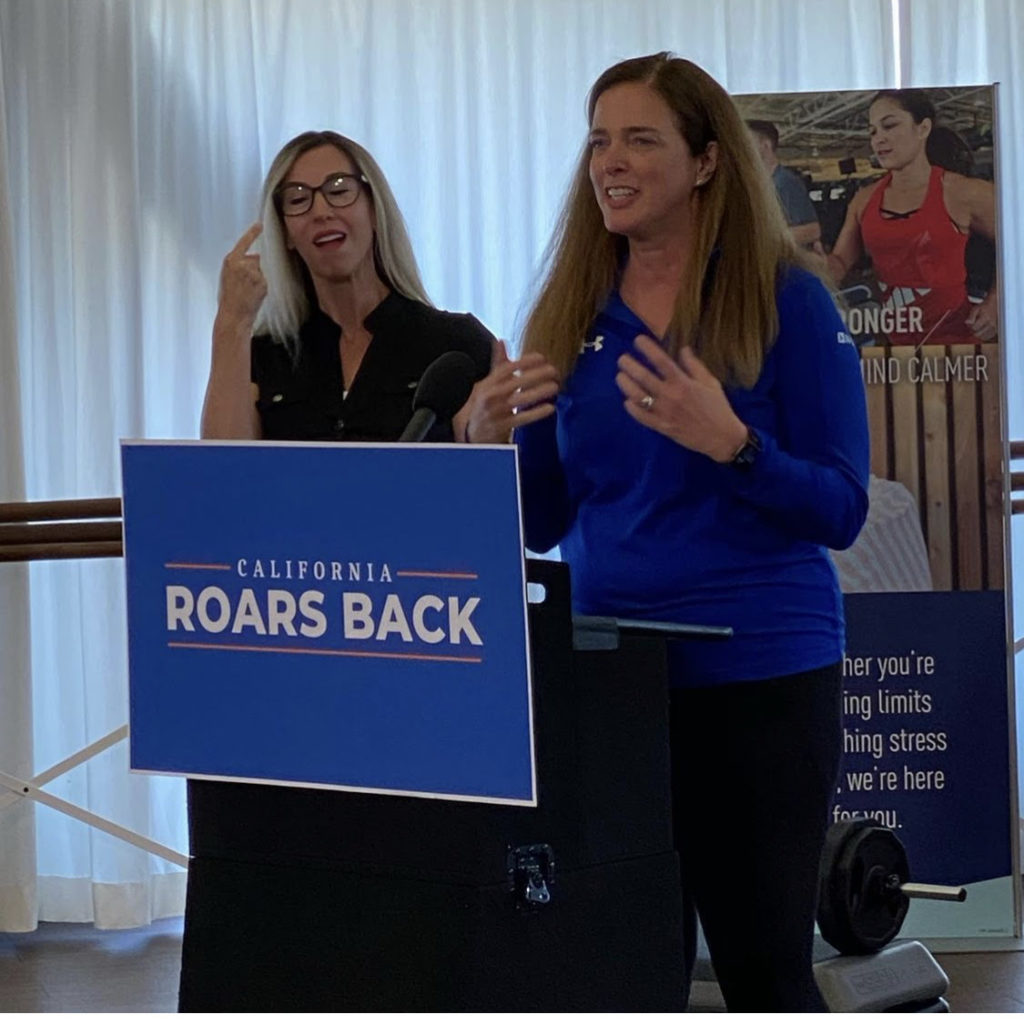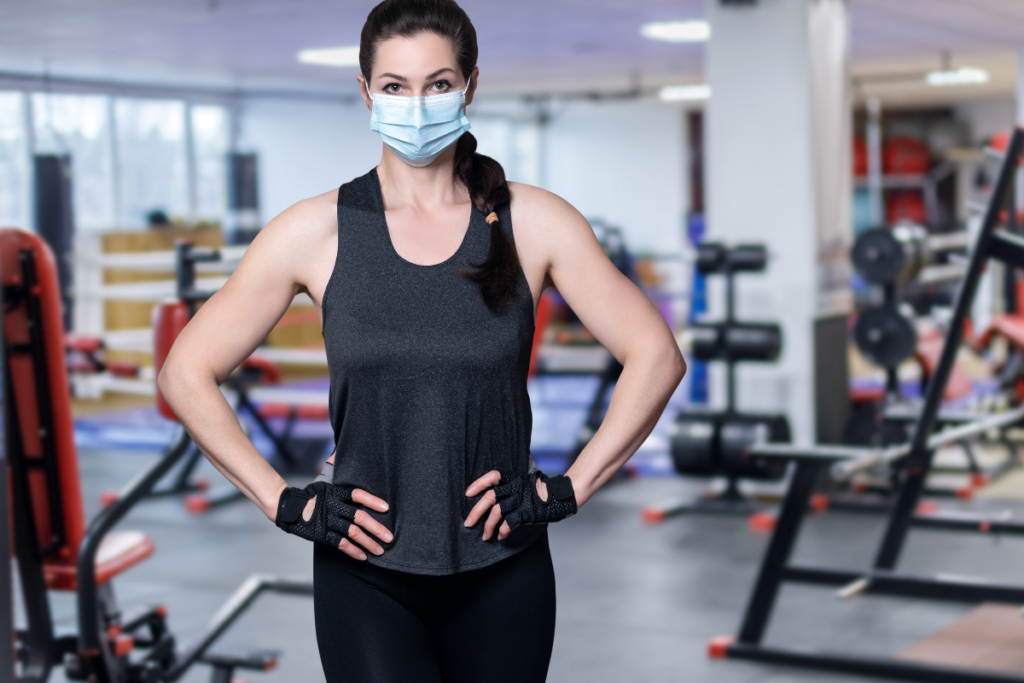Legal & Risk Management
Accidents happen, regardless of how diligent and professional you are. Protect yourself.
No matter how long you have been in business or how many certificates you hold, chances are that someday you will be faced with a lawsuit. Liability insurance is a means of protecting yourself in that event. There are two types of liability insurance: general liability and professional liability. Both types are designed to protect you from financial losses due to negligence.
General Liability
General liability insurance protects you from conduct known as ordinary negligence (Connaughton & Eickhoff-Shemek 2003). Ordinary negligence relates to public liability, or “static risk.” For a fitness center, this type of insurance covers the premises and all equipment (McBride 2002). Specific examples of claims covered include losses due to slippery showers, exercise equipment malfunction and worn flooring surfaces.
Some health club employees are included in their employers’ general insurance policies, which cover accidents involving maintenance crews, salespeople and personal fitness trainers who are employees of the club. Trainers in large fitness chains often fall into this category. However, if you are an independent contractor, you may not be covered (McBride 2002). Never assume that you are protected by a general insurance policy in the same way as club employees are.
The key to determining your need for general liability insurance is to define your degree of control over your working environment. If you train outdoors or go to clients’ homes, you have no control over the environment and may not need as much liability insurance. If clients use your equipment, however, you could be held responsible for losses due to ordinary negligence relative to the equipment. If you work in your own private studio or out of your home, you are in control of your physical working environment and therefore must obtain general liability insurance. You have a legal duty to provide a safe haven for your clients’ fitness sessions.
Professional Liability
Professional liability insurance is similar to malpractice insurance for physicians and attorneys. It protects you from conduct known as professional negligence, or negligence in your duties, that results in a loss to the client (Connaughton & Eickhoff-Shemek 2003). (See “General Liability or Professional Liability?” on page 11.) When you dispense professional advice by demonstrating exercises, instructing classes or supervising fitness areas, you are holding yourself out as someone who is skilled and knowledgeable, and the client is relying on that skill and knowledge (McBride 2002). Any loss suffered to the client as a result of that reliance must be compensated.
Professional liability insurance policies must be purchased separately from general liability policies. Because the duties of fitness professionals in today’s litigious society are uncertain and undefined, professional liability insurance is a must for all personal trainers, especially independent contractors.
You can purchase a professional liability policy from a private insurance company. As an IDEA member, you may be able to obtain coverage through Fitness & Wellness Insurance (www.fitnessand wellness.com). Coverage is expressed as dollars per claim or per incident, and your coverage depends on the amount of protection you purchase.
Policy Exclusions
Liability insurance is not without limitations. Most policies will cover all fees and expenses incurred while defending a lawsuit. Unfortunately every policy contains some exclusion, the most notable being breach of contract. Many insurers will not pay for claims arising out of a breach of contract, such as the violation of a noncompetition clause. Other notable exclusions include criminal or malicious acts, forgery and misrepresentation (Association of Personal Trainers 2002). For example, if a lawsuit against you rests on the fact that you misrepresented yourself as an exercise specialist when in fact you are an exercise leader, your insurance policy will not protect you. Insurance policies are primarily limited to negligence cases, which are based on carelessness, not deliberate intention.
Sources of Claims
The following examples typically give rise to negligence claims and jump-start your insurance policy. This list is by no means inclusive. Clients may sue you for negligence due to losses caused by
- improper warm-up (even if the participant has joined the class late)
- equipment failure or improper equipment maintenance
- slip/fall incidents
- aggravation of existing injuries (known or unknown to you)
- accidents caused by one member bumping into another
- accidents on rock climbing walls
An Ounce of Prevention
Most claims that trigger professional liability insurance coverage are the result of your own carelessness—hence the term professional negligence.
Although acquiring insurance is essential, it’s also important to avoid claims whenever possible. Use protective documentation (Par-Q forms, liability waivers, etc.). Demonstrate common sense when dealing with clients. Watch for potential problems and make corrections before accidents occur. If an accident does occur, use your best professional judgment to mitigate the injury as much as possible, including contacting emergency or medical personnel. Additionally, write detailed notes of the incident and pass them on to your insurer. Above all else, learn from the experience and take steps to remove or reduce the risk of a similar incident.
Recommended Coverage
- professional liability insurance
- Lgeneral liability insurance
- automobile insurance (for driving to/from clients’ homes)
- personal injury insurance (for claims concerning civil rights, slander, privacy)
- excess liability insurance (for coverage beyond your policy’s limit)
- real property insurance (for losses due to fire, flood, earthquake, theft, vandalism)
Source: Herbert & Herbert 2002.
General Liability or Professional Liability?
The Case of Jacob v. Grant Choices Center
The following is a real-life example illustrating the distinction between general and professional liability insurance. While working out, Jacob, a member of a medically oriented fitness facility, became nauseated and felt discomfort in his chest. Jacob informed one of the trainers of his condition. The trainer took Jacob’s blood pressure and drew a finger-prick blood sample. He concluded that Jacob’s condition was caused by low blood sugar and advised him to drink some juice and rest. While driving home, Jacob found it difficult to breathe and subsequently drove himself to the hospital. He had suffered a myocardial infarction.
Jacob sued the fitness facility, the trainer (an employee) and the facility’s management company, claiming that all were negligent for failing to provide proper emergency care.
The facility’s management company argued that it was not liable since its insurance policy, which was for general liability insurance, covered only ordinary negligence and excluded professional services. The actions of the trainer in drawing blood, taking blood pressure and rendering a decision based on those findings, the management company argued, were professional services. The trial court disagreed, finding Jacob’s complaint as one for ordinary negligence. The appellate court agreed, stating that first aid was rendered as an act of public utility covered by the general liability policy and did not fall under the policy’s professional services exclusion. In other words, the trainer’s actions were not professional decisions, but rather basic services owed to all facility patrons. (In general, first aid and CPR are considered acts of public utility and will be covered by a general liability insurance policy.)
Source: Connaughton & Eickhoff-Shemek 2003.
References
Association of Personal Trainers. 2002. Professional indemnity insurance policy. apt-sa.co.za/insurance/professional_indemnity_policy/; retrieved July 10, 2002.
Connaughton, D., & Eickhoff-Shemek, J. 2003. Distinguishing “general” and “professional” liability insurance. ACSM’s Health & Fitness Journal, 7 (1), 28-30.
Herbert, D., & Herbert, W. 2002. Legal Aspects of Pre­ventive, Rehabilitative, and Recreational Exercise Programs (4th ed.). Canton, OH: PRC Publishing.
McBride, T. 2002. Insurance and leisure. AMP General Insurance, www.ausleisure.com.au/Insurance%20and%20risk%n%fitness.htm; retrieved July 10, 2002.
Need Insurance? Choose from the Following Fitness Insurance Categories:
Personal Trainer Insurance
Yoga Insurance
Pilates Insurance
Group Fitness Instructor Insurance
Health Club Insurance





